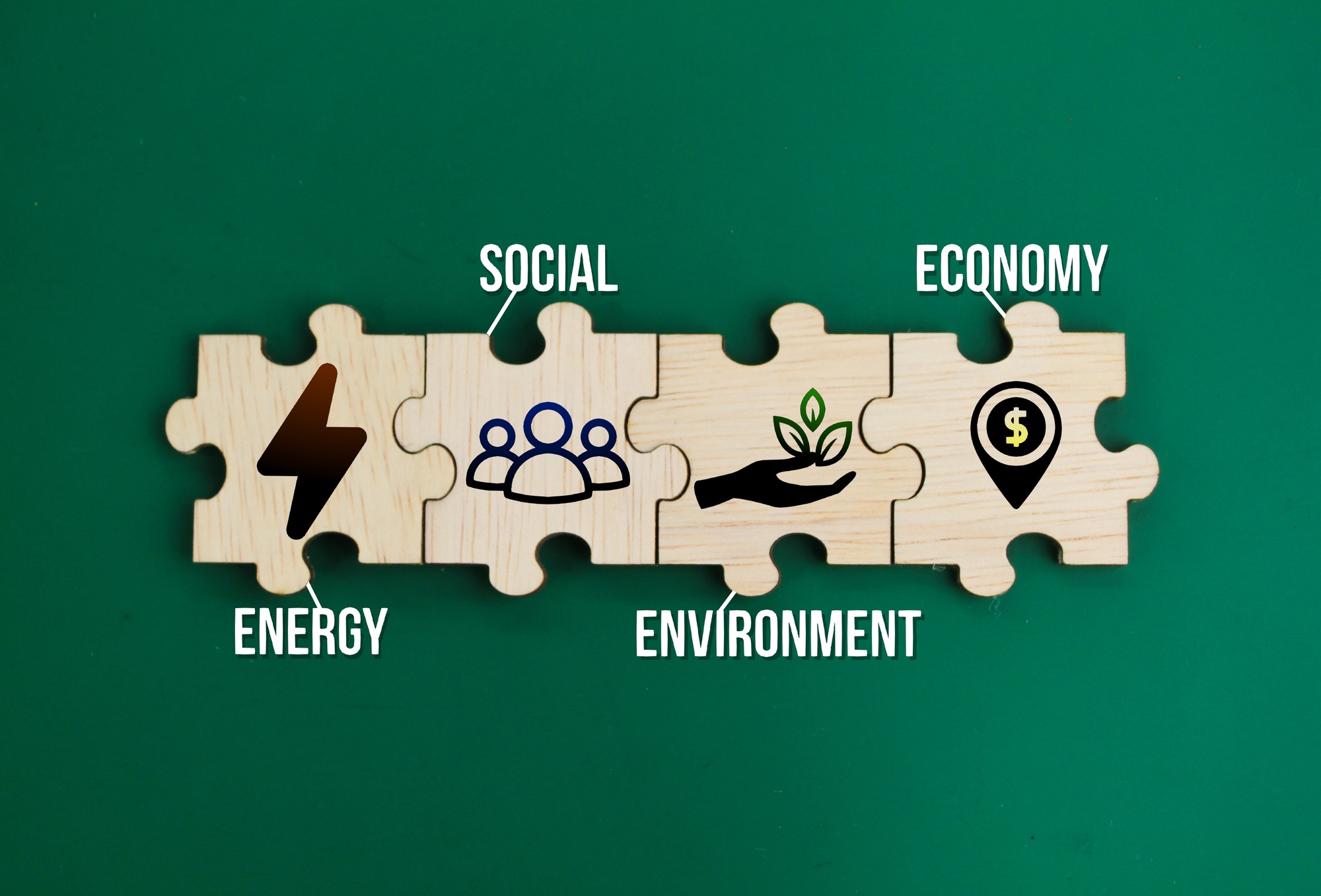Despite the constant noise from the political extremes, the vast majority of Americans actually share more political common ground than they might think. Centrist political ideas—those that try to find balance between competing priorities—are not about watering down beliefs, but about building sustainable, widely supported solutions. In a time when far-left and far-right positions dominate news cycles, centrism offers an important reminder: most of the country sits somewhere in the middle, even if it doesn’t always make headlines.
The Myth of a Deeply Divided Nation
Much of the perception of a polarized America comes from the way media and political campaigns operate. Controversy drives engagement, and stark ideological battles capture more attention than nuanced compromises. Social media algorithms, political fundraising models, and sensational headlines reward the most provocative voices. But while these voices are loud, they are not representative of most people’s day-to-day priorities.
In reality, surveys and polling data consistently show that Americans share broad agreement on many key issues. For example, large majorities across party lines support some form of stronger background checks for gun purchases, believe in protecting Social Security and Medicare, think healthcare costs are too high, and want immigration policy to balance border security with pathways to legality. These are pragmatic, middle-ground positions that defy the narrative of a country split in two.
The Strength of Common Sense Solutions
Centrist politics aim to bridge ideological divides by focusing on problem-solving instead of point-scoring. That doesn’t mean splitting the difference on every issue, but rather starting from areas of shared concern and building outward. On economic policy, most Americans believe in the need for a strong economy that rewards hard work while also providing a safety net for those in need. On environmental policy, polling shows broad agreement that climate change is a concern, even if there are debates about pace and methods of response.
The middle ground becomes especially important in a system like the United States, where legislation often requires bipartisan cooperation. In a Senate where 60 votes are needed to pass most significant changes, durable progress generally happens when policymakers work across the aisle. Centrism in practice leverages this reality—it prioritizes incremental but stable reforms over sweeping changes that risk immediate reversal.
Protecting Democratic Stability
Another often-overlooked benefit of centrism is its stabilizing effect on democratic institutions. Democracies function best when citizens believe the system works for them, regardless of whether their preferred party is in power at the moment. When governance swings wildly between extremes, it undermines that trust and fuels political whiplash. Centrist governance—rooted in broad consensus—tends to create policies that last longer because they have wider buy-in. This stability also helps push back against political extremism. When the center is strong, people feel less compelled to turn to the edges for change. That in turn reduces polarization and keeps debate focused on real-world challenges rather than ideological purity tests.
Moving the Conversation Forward
America’s real challenge may not be a lack of common ground, but a lack of attention to it. The more we highlight areas where agreement already exists, the more we can build momentum toward solutions that reflect what most Americans actually want. Centrism is not about complacency—it’s about channeling the country’s broad, shared values into effective action, even when that means ignoring the loudest voices in the room.











